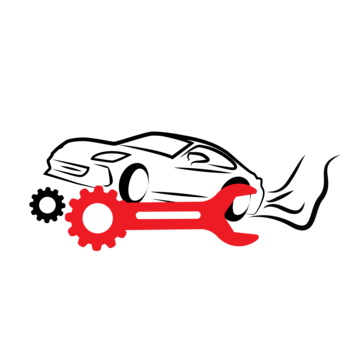An oil change is one of the simplest yet most important maintenance tasks you can perform on your car. Motor oil keeps your engine running smoothly by lubricating its moving parts, reducing friction, and preventing overheating. Over time, oil breaks down and becomes less effective, which is why regular oil changes are critical for your engine’s health. In this blog, we’ll explore why oil changes are so important and provide a step-by-step guide to doing it yourself.
1. Why Are Regular Oil Changes Important?
Motor oil serves several essential functions, including:
- Lubrication: Oil reduces friction between engine parts, allowing them to move smoothly without wearing each other down.
- Cooling: As oil circulates through the engine, it helps dissipate heat, preventing the engine from overheating.
- Cleaning: Oil collects dirt, debris, and contaminants, keeping the engine clean and preventing sludge buildup.
- Corrosion Prevention: Oil coats the engine’s internal parts, protecting them from rust and corrosion.
Failing to change your oil regularly can lead to a host of problems, including reduced fuel efficiency, engine overheating, and even engine failure. Most manufacturers recommend changing your oil every 3,000 to 5,000 miles, though this can vary depending on the type of oil and your driving conditions.
2. How to Change Your Oil: A Step-by-Step Guide
Step 1: Gather Your Supplies Before you begin, you’ll need the following:
- Motor oil (check your owner’s manual for the recommended type and amount)
- Oil filter
- Wrench
- Oil filter wrench
- Oil drain pan
- Funnel
- Gloves and rags
- Jack and jack stands
Step 2: Prepare Your Car Park your car on a flat surface and turn off the engine. If the engine is hot, let it cool down for a few minutes. Use the jack to lift the car, then place the jack stands under the car for safety.
Step 3: Drain the Old Oil Locate the oil drain plug under the car and place the drain pan underneath it. Use a wrench to loosen the drain plug and let the old oil drain into the pan. Once the oil has completely drained, replace the drain plug and tighten it securely.
Step 4: Replace the Oil Filter Locate the oil filter (usually near the engine block) and use the oil filter wrench to remove it. Be careful, as some oil may spill out when you remove the filter. Before installing the new filter, apply a small amount of new oil to the gasket on the filter to ensure a proper seal. Then, screw the new filter in place by hand.
Step 5: Add New Oil Open the hood and locate the oil filler cap on top of the engine. Remove the cap and use a funnel to pour the new oil into the engine. Be sure to add the correct amount of oil, as indicated in your owner’s manual. Once the oil is in, replace the filler cap.
Step 6: Check for Leaks After adding the new oil, start the engine and let it run for a minute. Check under the car for any signs of leaks, particularly around the oil filter and drain plug. If everything looks good, lower the car from the jack stands.
Step 7: Dispose of the Old Oil Properly Used motor oil is hazardous to the environment, so it’s important to dispose of it properly. Take the old oil and filter to a recycling center or an auto shop that accepts used oil.
Conclusion
Regular oil changes are a simple and effective way to keep your engine running smoothly and extend the life of your vehicle. By learning how to change your oil yourself, you can save money and ensure that your car stays in top condition.

